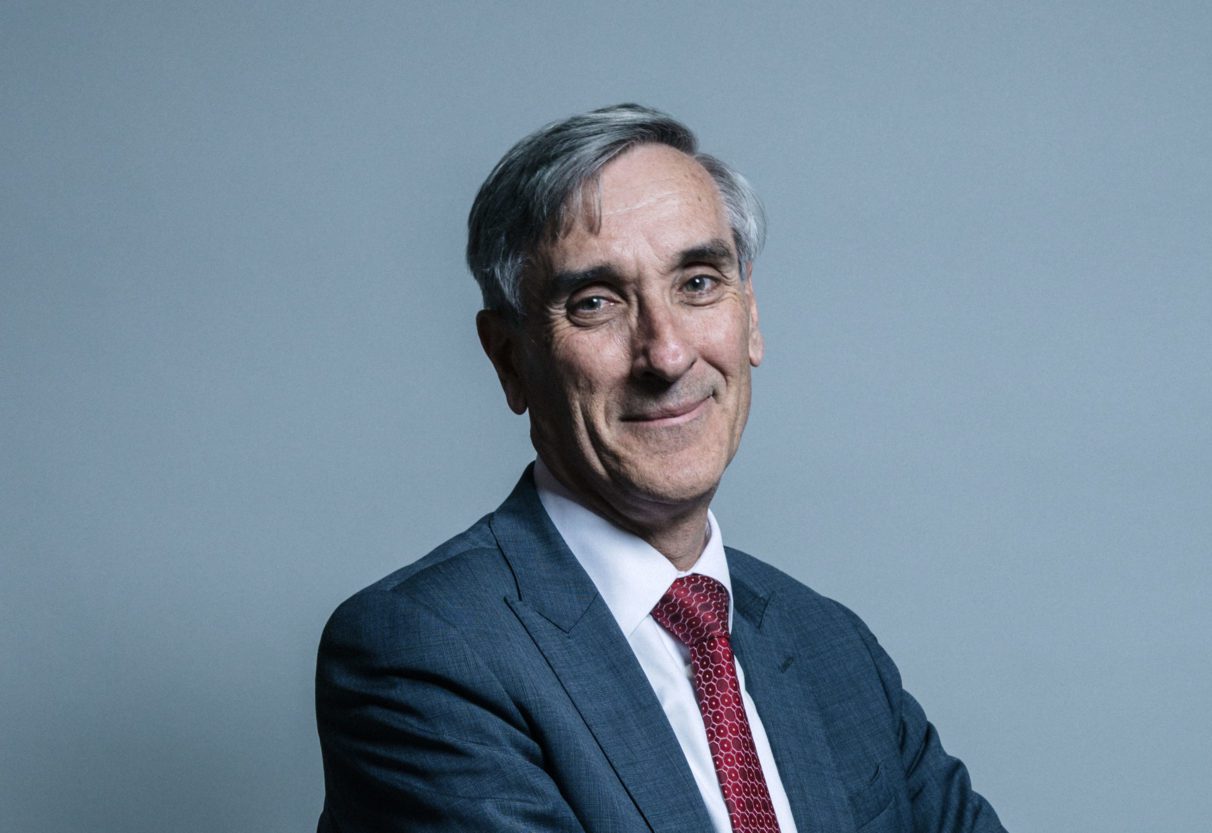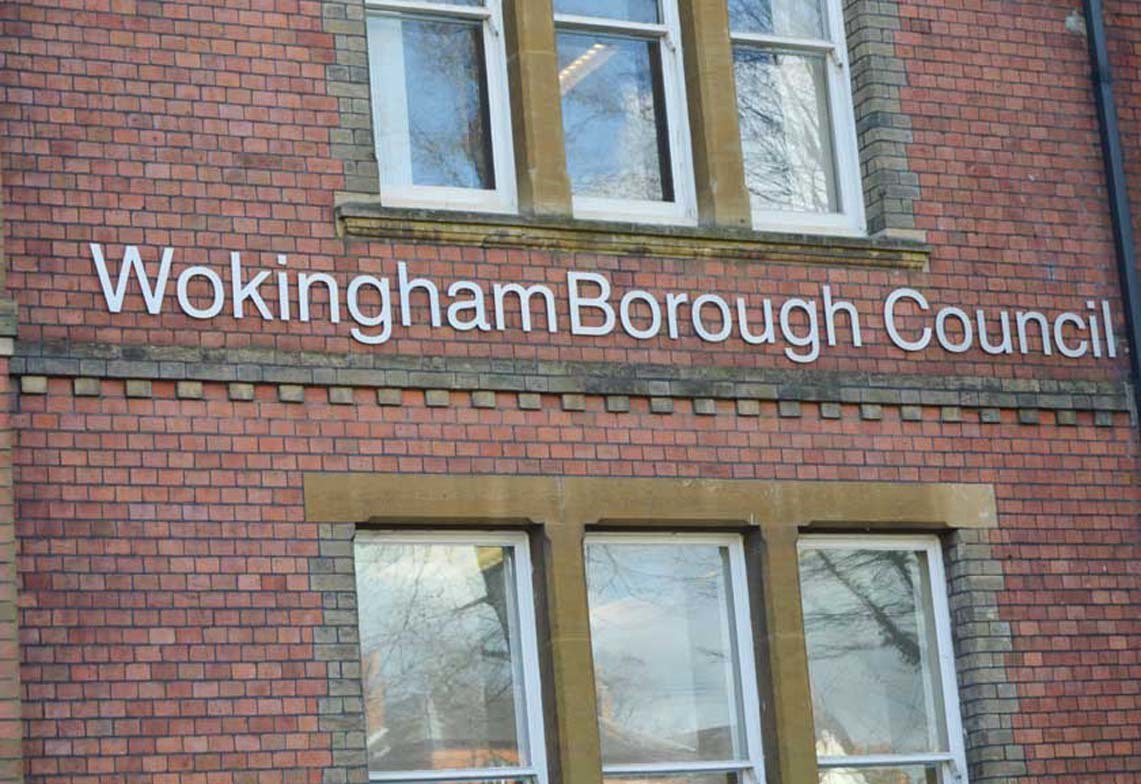It won’t be news to anyone that the council is under financial pressure. Nor will it be news to anyone that a lot of that pressure is as a result of escalating cost and demand in Children’s Services.
One of the main areas of concern, which was highlighted in the monitoring report on council spending in the first quarter of the 2023/24 municipal year, is children’s social care. It predicted an overspend of over £1 million in that area.
I know Wokingham is not alone in struggling with these costs.
It is one of the biggest issues for local authorities who have responsibility for Children’s Services, along with the difficulties in recruiting social workers.
But even I was taken aback by the announcement by SIGOMA (Special Interest Group of Municipal Authorities) this August that a number of their members were having to consider declaring themselves effectively bankrupt, with one of the primary causes being the cost of children’s social care.
SIGOMA represents 47 councils in mostly poorer urban areas. Five of those 47 councils are currently looking at declaring they cannot carry on as normal, with a further 14 believing they may have to make such a decision next year.
SIGOMA say that they are aware of a further 12 councils in the same situation. That’s a total of 31.
To put this into context, in the 20 years between 2001 and 2021 only three councils found themselves in this position.
SIGOMA says that energy costs, inflation and wage rises were part of the problem, but the most common reason that these council are in trouble is the spiralling cost of children’s social care, and they are calling on the government to provide more money, and to target it at children’s social care particularly.
So what has the government been doing? Last year, it carried out a review of children’s social care, and earlier this year, it ran a consultation on the changes put forward by the review.
Many of the changes were welcomed, but there was one big concern: whether the government would fund them properly.
At the time it was suggested at least £2 billion extra would be needed, with many being sceptical as to whether even that would be enough.
At the end of June the government produced a report about the action they are going to take. This included an announcement about extra investment.
Even a generous totting-up of their figures gives a total of less than 20% of the £2 billion total.
This means that not only are councils struggling right now to fund children’s social care, but the funding gap is going to get bigger in the future unless the government puts a lot more money.
To be fair to them, we are told we can expect the government to respond with further proposals in September.
Will those proposals include significantly more funding? I hope so but I am not holding my breath.
Meanwhile, we have to deal with the situation as it is.
In Wokingham we are doing everything we can to contain costs and to use our resources as cost effectively as possible, for example, enhancing our fostering service, setting up our own small children’s homes and expanding our accommodation for care leavers.
Money is tight but we believe that by such measures we can make our children’s social care services sustainable for the long term.
Cllr Prue Bray is the executive member for children’s services and deputy leader of the council. She is also ward member for Winnersh

















































